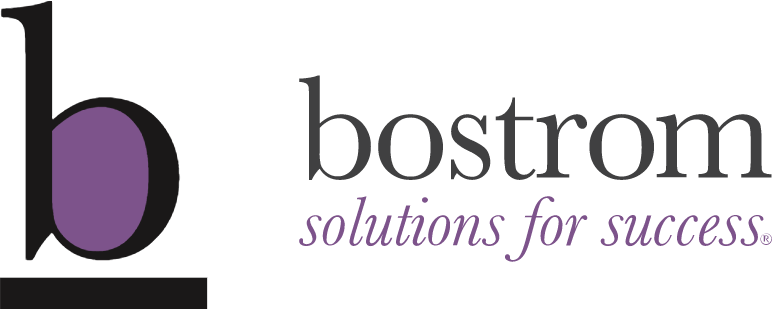In our consulting practice, we’ve worked with hundreds of associations big and small. The one thing that gets missed (or is an afterthought) in strategic planning, value proposition framing, persona and customer journey development, and even non-dues revenue ideation is the pricing strategy of all its products and services, new and old.
Here are five simple tools and techniques for building a solid, sustainable pricing strategy for your association.
- Gather the right data and the right people to collaborate.
Build a value map of the products and services the association delivers, what it costs to develop and produce (including staff time), and what it charges including all customer (non-member, member, potential member, stakeholder) pricing. Gather staff from each value delivery area i.e., finance, education, meetings, membership, content/research, etc. to properly analyze the true costs, pricing published, and actual revenue generated. I also encourage you to follow Dr. Michael Tatonetti, CPP, CAE on LinkedIn who is an association pricing strategist. He has incredible insight into how associations can use pricing strategies to drive innovation and reach financial sustainability. - Have some tough conversations around non-performing items.
Do they still hold value for customers? Why are they unprofitable? Can processes be streamlined to deliver them more efficiently? When was the last time a price increase occurred on a certain item? Sometimes these are passionate conversations; it’s hard to let go of programs that keep dragging on. Let the data do the talking and really think about the impact on the organization and the true value the programs and services deliver. In Mary Byers, CAE, CSP and Harrison Coerver’s book Race for Relevance, a Program/ Service Evaluation Matrix is provided that can assist in this evaluation effort. You can download it for free directly from the website. - Communicate recommendations to the Board using data.
As stated above, these conversations can and will be tough. Using data to make decisions will help guide the conversation away from emotional ties and irrational thinking such as you’ll lose every customer if you raise prices. Everyone these days knows and understands the need for price increase necessity; and at the end of the day, if you are delivering value, that is, if the product or service meets an important need or resolves a problem, the association will keep its customers. - Test & Survey
Continue to gather feedback from customers as to their needs, wants and desires at every point of their career development and journey (awareness, engagement, joining, etc.) with the association. Conduct regular brief surveys to create a continuous stream of information which can be used to adjust strategies. Test pricing models and levels before full rollouts are implemented. - Revisit pricing every year.
Make a review of your association’s pricing model a standard organizational practice annually. Build it into the strategic priorities and data-gathering mechanisms so it’s an easy formula to update and repeat each year.





